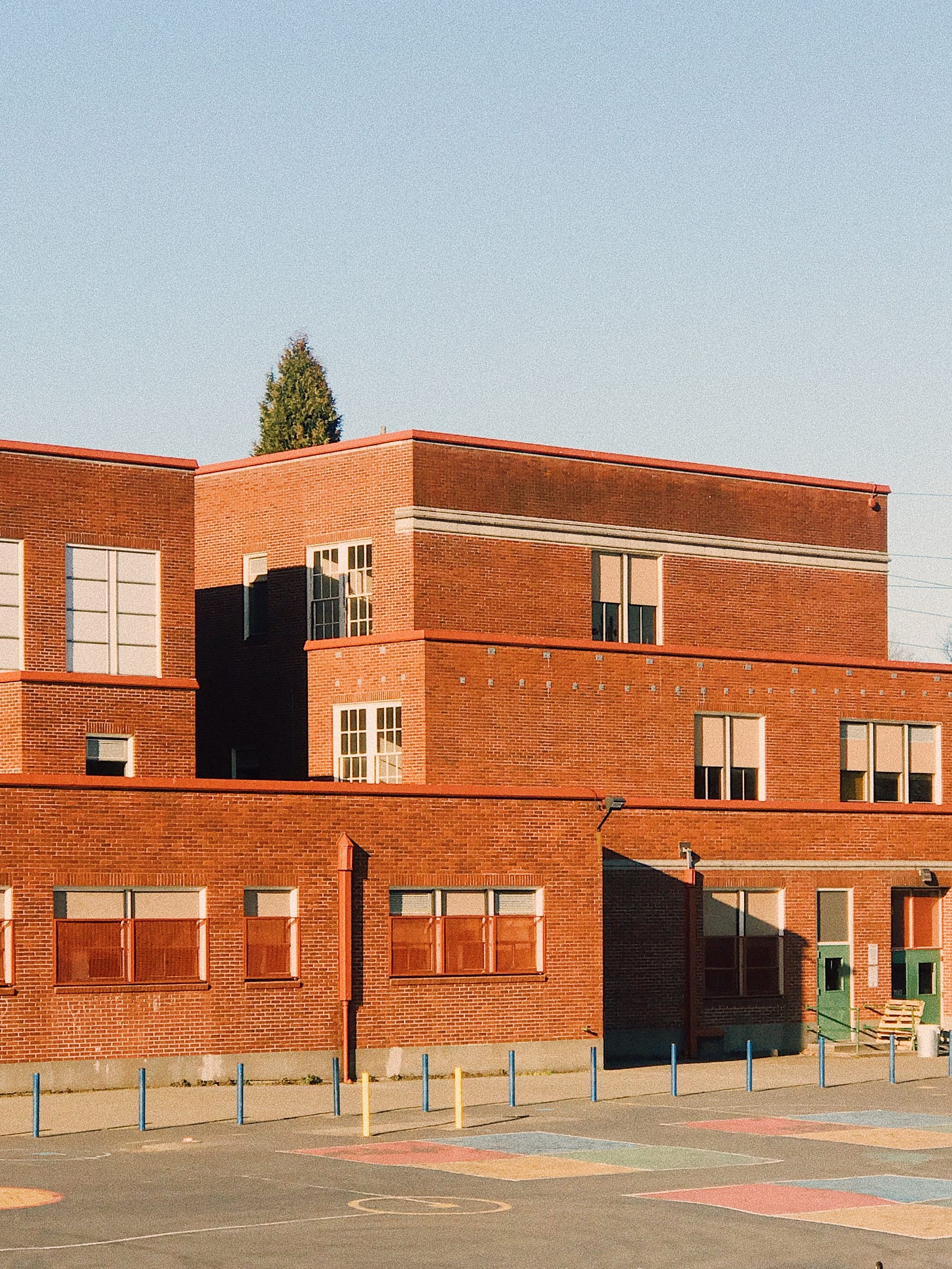When I began my teaching practicum while in college in Iowa City, I remember feeling like I was in the right place. I liked the school environment and it felt easy and natural to be around staff and students. In college, I worked at Mark Twain Elementary on the south side of Iowa City at the before and after school program. I taught them how to do crafts and they taught me what being a kid in the mid-90s was all about.
I landed my first teaching job in August of 1999, a year and a half after graduating with my degree in Elementary Education and Studio Art. It was not as easy to get a teaching job back then as there were plenty of education graduates scrambling for the same few positions. I took a job as an English as a Second Language teacher at an elementary school near the airport in Des Moines. I didn’t know anything about teaching immigrant and refugee students, but I was willing to learn. I was ready to dedicate my life to being a teacher, but I had no idea how much education and schools would change in the next twenty-five years.
Fast forward to January 4, 2024. A high school student in Perry, Iowa, about forty minutes from Des Moines, shot his principal, plus several others, and killed a sixth-grade boy.
As a schoolteacher, school shootings are fleeting thoughts in my mind, happening regularly. I read about them in the news, but I didn’t expect a shooting to happen in Iowa.
When I read about the 2012 shooting at Sandy Hook Elementary School in Newtown, Connecticut, I was stunned. Twenty-six lives were lost that day in December and twenty of them were children in kindergarten and first grade. Teachers hid their students in closets and bathrooms and attempted to barricade the doors.
School district safety protocols across the country have changed since then. After the shooting at Sandy Hook, my district remodeled the main office areas by installing entrances with windows and an intercom system with a door buzzer. Teachers were directed to never prop open a door, not even for a minute. We were told to never let strangers in a side door and to tell them to go to the main office. After the school shooting in Uvalde, Texas in 2022, we were reminded again about keeping all doors secure.
When I began teaching, we rehearsed for fires and tornadoes. Students exited the building in single-file lines and crouched on the floor next to the lockers in the hallway. Eventually, lockdown drills were added to our practice schedule. Teachers are instructed to lock doors from the inside. Close the blinds and turn off the lights. Students are told to be silent and to wait until an announcement is made over the intercom. When we began doing these drills, students would ask why we had to do this.
Teachers act as second mothers and we do our best to keep students calm and not to alarm them during drills, however, there are exceptions. Some students are very anxious and lockdown drills make them nervous and scared. It’s hard to know what to say and what not to say. Many of my multilingual students don’t speak English or speak very little. A lockdown drill is a very difficult concept to explain even with the help of a translation app. Some of my elementary students speak low-incident languages such as Kinyarwanda from The Democratic Republic of the Congo and Karen from Thailand. Not all translation apps use voice to text and my students aren’t usually able to read their native language. If we were to have an emergency at my school, there would be about twenty students who would not understand their teacher’s directions and would need guidance to understand what to do or what not to do. I would be almost useless in a situation like that unless I happened to have a small group of students with me in my classroom or I was providing support in a grade-level classroom. Lockdown drills can seem scary to children and the last thing these students need is to feel uneasy at school when many of them have been victims of war and unrest in their homelands.
It's one thing to practice a lockdown drill with a student who speaks limited or no English, but it would be entirely different if a real situation arose, and students needed to hide under a table or flee the building. When lockdown drills first began, teachers were told to hide in silence with their class. Don’t move, don’t make noise. These directions have changed. At a staff meeting several years ago, we were told the new instructions from local law enforcement was to try and run with your class if you thought you could escape the building safely. When I heard this, I began to panic. Thoughts raced through my mind, “How can I decide to do what’s best for someone else’s child?” Immediately I felt like I was under so much pressure in a “what if” sort of situation. “What if I make the wrong decision? What if I misjudge the distance or path to safety? What if a frightened student refuses to leave the room with me?” I thought. Staff and students don’t practice running away from the building or to another room or staying together as a group.
After the shooting happened in Perry, my inbox began to fill up with emails from principals and superintendents from my district and my sons’ district informing staff and parents of the occurrence. My son’s principal in the West Des Moines School District informed parents the district’s protocol E.L.F. (Evacuate, Lockdown, Fight) was in place and a lockdown drill would be rehearsed as scheduled the next day.
My inner sense of panic remains today. The pressure I feel to keep someone else’s child safe is overwhelming, especially after a devastating incident happened so close to home.
As a parent of two teenage boys, I have faith in their teachers to make the best possible decision in the event of an unfortunate incident. Teachers have so much more responsibility than in the past. We have more than curriculum and test scores weighing on our shoulders. We feel a moral, gut-wrenching obligation to fiercely protect our students as if they were our own.
Iowa Writers Collaborative columnists:






Thanks for sharing this information, and for doing your best to keep the children safe. Unfortunately, the only things our leaders in this state offer are thoughts and prayers.